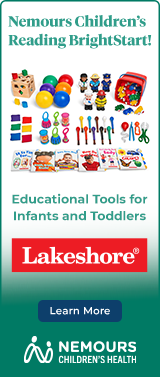Chances are, your child is familiar with the first letter of his name and may even have claimed it as “his letter!” Use his natural interest in “his letter” to learn about differences and similarities in letters.

Your child will distinguish objects by touch in this activity. Start by letting your child identify common toys and household objects.

This activity uses bottle caps in a variety of sizes and colors. Your child will have fun examining the similarities and differences he sees.

The slight distinctions between letters can be confusing to children. This fun activity lays the foundation for being able to distinguish similarities and differences in letters.

Your child's first name is very special to him and holds emotional appeal. This activity will give him practice finding the letters in his name. Those are the letters that he will most likely learn first.

Your child can continue to work on her observation skills by playing this fun game using a collection of uppercase magnetic alphabet letters in different colors.

Many children learn through movement. In fact, many times you will not be able to stop your child from wiggling and moving. Take advantage of that energy while building in a little alphabet knowledge.

By the time your child is 3 years old, she can probably walk on a straight line. In this activity, she can show off this new skill, while learning about the letters in her name!

Children usually learn letters in their own names first. This is a great place for you to start talking about letters. In this fun activity, your child will love feeding the letters of his name to the Letter Monster.

Manipulative letters, such as magnetic letters, are important for helping children build letter knowledge at their own pace. This is a fun, active activity where your child will match a magnetic letter to an oversized letter written with sidewalk chalk.

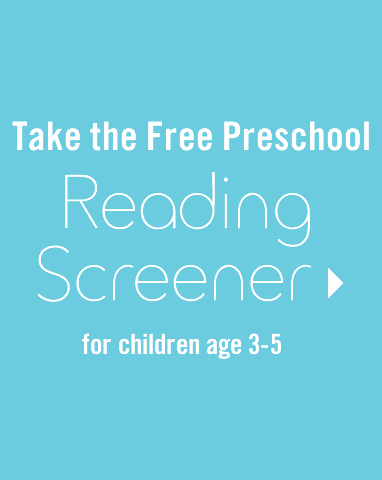







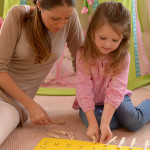 Top 10 Things You Can Give Your Child to Build Pre-Reading Skills
Top 10 Things You Can Give Your Child to Build Pre-Reading Skills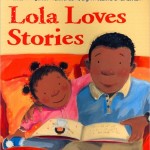 Lola Loves Stories
Lola Loves Stories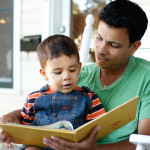 The DOs and DON’Ts of Developing Your Young Child’s Pre-Reading Skills
The DOs and DON’Ts of Developing Your Young Child’s Pre-Reading Skills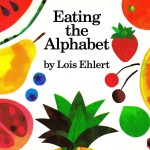 Eating the Alphabet
Eating the Alphabet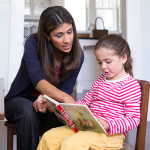 HOW You Read to a Child Is Important
HOW You Read to a Child Is Important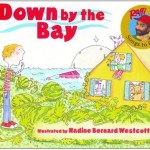 Down by the Bay
Down by the Bay